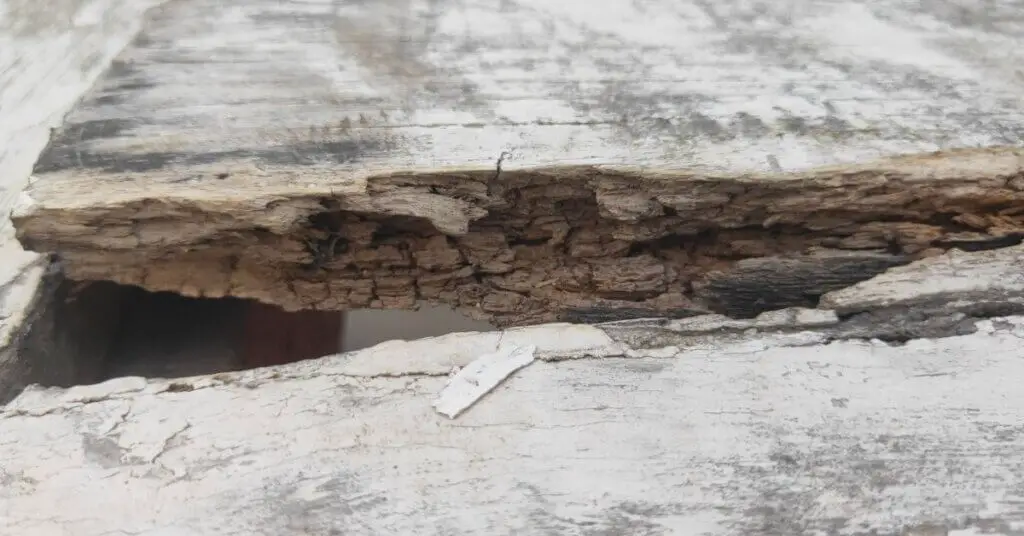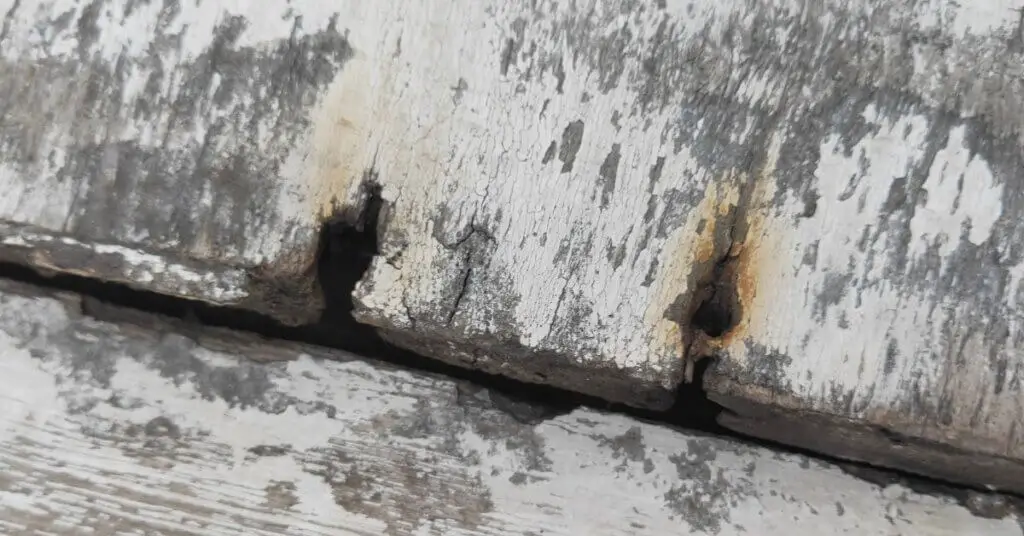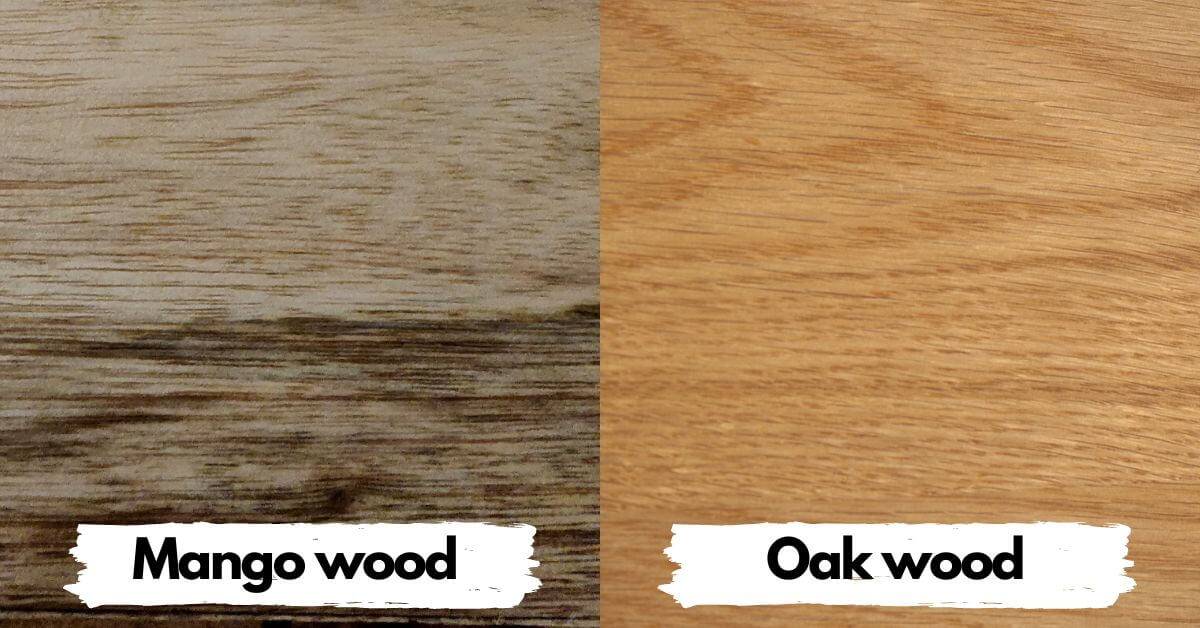Oak Wood is stronger, tougher, durable, stable, and rot-resistant than Mango Wood. Mango wood is a good choice for indoor furniture, but oak is an excellent choice for outdoor projects such as posts, fences, and boat building.
Mango Wood
A Mango wood is a strong, durable, and inexpensive hardwood. It is widely used for making indoor furniture. Mango wood is not rot resistant. Therefore, it is not a good choice for outdoor purposes.
The natural distribution of the mango tree is in the Indo-Malaysian region, specifically India and Myanmar. Mango trees are widely cultivated in India. It is a large fruit tree. It is known much more widely for its sweet fruit.
Oak Wood
Oak wood is a very durable and stable hardwood. Wood is an excellent choice for indoor and outdoor projects. It is a very good resistance to decay.
The genus Quercus is native to the Northern Hemisphere. There are two types of Oak, White Oak, and Red Oak. Each type of oak has several species.
Mango Wood vs Oak Wood
| # | Mango Wood | Oak Wood |
| Scientific name | Mangifera indica | Quercus |
| Rot-resistant | Not rot resistant | Very good resistance to decay |
| Workability | Very easy to work with | Easy to work with |
| Types | Hardwood | Hardwood |
| Common uses | Indoor furniture, veneer, plywood, turned objects, and flooring | Post, fence, furniture, cabinetry, interior trim, flooring, boatbuilding, barrels, and veneer |
Mango Wood Uses
Mango wood is used to make indoor furniture, veneer, plywood, floors, and kitchen accessories such as plates, spoons, and trays.
Mango wood is known for its strength, density, and attractive look. In India, Nepal, and most Asian countries, mango wood is used to make most household furniture.
Mango wood is considered sacred wood in India and Nepal. That’s why mango wood is a valuable wood.
Oak Wood Uses
Oak wood is widely used for indoor and outdoor furniture, interior trim, flooring, boatbuilding, cabinetry, plywood, and veneer.
Oak is a versatile hardwood that can be a great choice for almost all types of furniture and housing industries projects.
There are many species of oak. Each species has its characteristics and uses.
Identify mango wood
Heartwood is light to golden brown while the sapwood is almost white. Its grain can be straight or interlocked.
Identify Oak Wood
The heartwood is light to medium brown while the sapwood is almost white to light brown.
Oak grain is straight but may be irregular or interlocked grain, with a coarse, uneven texture.
Which wood is better for outdoor use: Mango Wood or Oak Wood?
Oak wood is an excellent choice for outdoor furniture as compared to mango wood. Because Oak is naturally resistant to decay.
Mango Wood
Mango wood is not a good choice for outdoor use. It starts to rot in 8 to 12 months if it is constantly exposed to the weather. It absorbs moisture well and tends to rot
Here I have outdoor furniture made of mango wood which was made by my father. You can see its condition.

A part of the wood has started rotting, it is getting hollow from the inside.

Due to rot in a section of wood, the nail has come out and is leaving a brownish color on the nail site.
Oak Wood
Oak wood is weather resistant. It doesn’t absorb moisture. So it is not warping like mango wood.
As we know that there are many types of oak. Not all oak is weather resistant and durable.
Live oak, English oak, and White oak are excellent choices for outdoor use. While red oak is rated as non-durable to perishable, with poor insect resistance.
Working with Mango Wood
In general mango wood is easy to work with hand and machine tools. It is a medium-density wood. If the interlocked grain is present then tearout is a common issue while machining.
It is easy to paint or stain and holds the nail and screw well.
Working with Oak Wood
The density and weight of oak are higher than that of mango wood. Therefore, working with oak wood is not as easy as with mango wood.
But comparing oak with other hardwoods, oak gives good results compared to other hardwoods. All types of oak respond well to steam-bending.


Comments are closed.